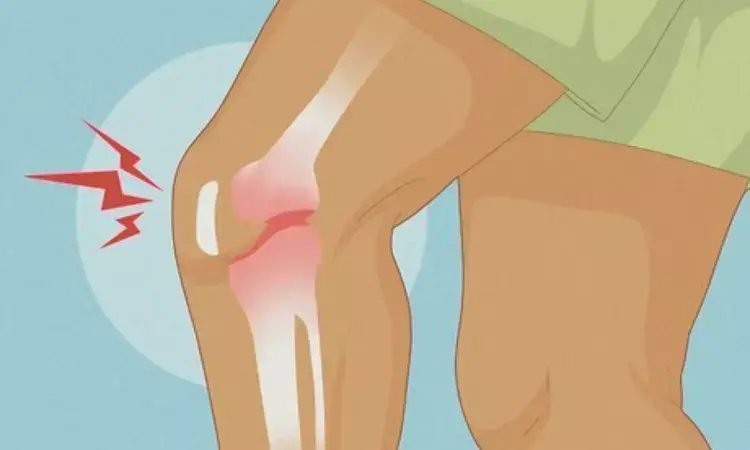- Home
- Medical news & Guidelines
- Anesthesiology
- Cardiology and CTVS
- Critical Care
- Dentistry
- Dermatology
- Diabetes and Endocrinology
- ENT
- Gastroenterology
- Medicine
- Nephrology
- Neurology
- Obstretics-Gynaecology
- Oncology
- Ophthalmology
- Orthopaedics
- Pediatrics-Neonatology
- Psychiatry
- Pulmonology
- Radiology
- Surgery
- Urology
- Laboratory Medicine
- Diet
- Nursing
- Paramedical
- Physiotherapy
- Health news
- Fact Check
- Bone Health Fact Check
- Brain Health Fact Check
- Cancer Related Fact Check
- Child Care Fact Check
- Dental and oral health fact check
- Diabetes and metabolic health fact check
- Diet and Nutrition Fact Check
- Eye and ENT Care Fact Check
- Fitness fact check
- Gut health fact check
- Heart health fact check
- Kidney health fact check
- Medical education fact check
- Men's health fact check
- Respiratory fact check
- Skin and hair care fact check
- Vaccine and Immunization fact check
- Women's health fact check
- AYUSH
- State News
- Andaman and Nicobar Islands
- Andhra Pradesh
- Arunachal Pradesh
- Assam
- Bihar
- Chandigarh
- Chattisgarh
- Dadra and Nagar Haveli
- Daman and Diu
- Delhi
- Goa
- Gujarat
- Haryana
- Himachal Pradesh
- Jammu & Kashmir
- Jharkhand
- Karnataka
- Kerala
- Ladakh
- Lakshadweep
- Madhya Pradesh
- Maharashtra
- Manipur
- Meghalaya
- Mizoram
- Nagaland
- Odisha
- Puducherry
- Punjab
- Rajasthan
- Sikkim
- Tamil Nadu
- Telangana
- Tripura
- Uttar Pradesh
- Uttrakhand
- West Bengal
- Medical Education
- Industry
Cracking Sound in Knees May Signal Early Cartilage Damage After ACL Surgery, Study Finds

Australia: A recent study published in Arthritis Care & Research has examined the role of knee crepitus-commonly described as a grinding or crackling sound-after anterior cruciate ligament reconstruction (ACLR) and its link with osteoarthritis (OA) features in young adults. The research, led by Jamon L. Couch, BHlthSc, from the Australian IOC Research Centre, Melbourne, sheds light on whether this symptom signals structural deterioration or worsening joint health following traumatic knee injuries.
- There was a notable association between self-reported knee crepitus and full-thickness cartilage lesions in the patellofemoral joint one year after ACLR.
- Individuals experiencing crepitus had a 2.7 times higher likelihood of these cartilage defects compared to those without crepitus (prevalence ratio 2.70).
- Knee crepitus did not predict worsening OA features such as cartilage loss, osteophyte growth, or bone marrow lesions over the four-year follow-up period.
- The presence of crepitus correlated with significantly worse pain, poorer QoL, and reduced function at one year post-surgery.
- Statistical analysis showed a negative impact on pain (β -6.42), QoL (β -10.39), and functional ability (β -5.49).
- Between years one and five, individuals with crepitus experienced greater improvements in pain and function compared to those without crepitus.
- Crepitus itself did not indicate accelerated joint deterioration over time.
Dr Kamal Kant Kohli-MBBS, DTCD- a chest specialist with more than 30 years of practice and a flair for writing clinical articles, Dr Kamal Kant Kohli joined Medical Dialogues as a Chief Editor of Medical News. Besides writing articles, as an editor, he proofreads and verifies all the medical content published on Medical Dialogues including those coming from journals, studies,medical conferences,guidelines etc. Email: drkohli@medicaldialogues.in. Contact no. 011-43720751


